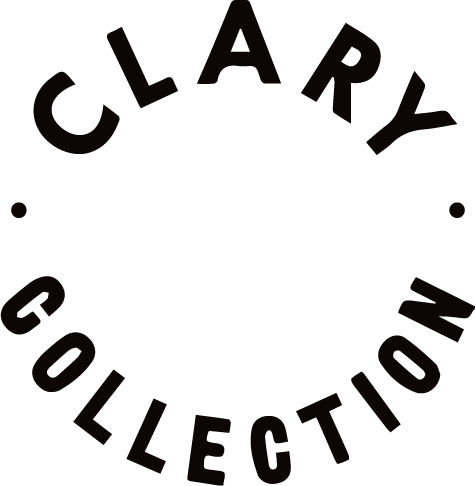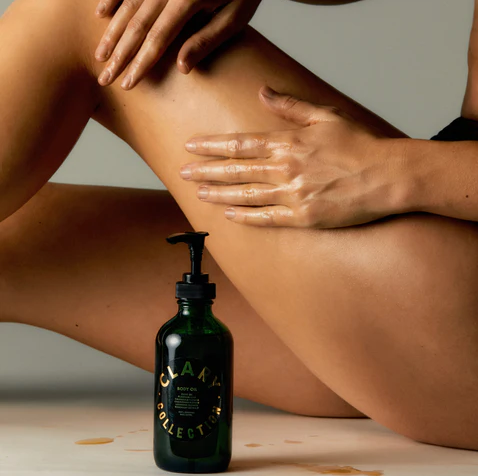How To Make Safe, Multipurpose Surface Cleaner
HOUSEHOLD CLEANING PRODUCTS MORE HARM THAN GOOD?
In this age of super-consumption, marketers have trained us to seek out the brands that that deliver superlative benefits over the competitors…We purchase these items thinking we are getting the most for our money, which will better our lives in some way. Sometimes more is not more. Consider household cleaning products.
“Industrial strength” is one marketing-infused brand attribute that suggests cleaning products will make our homes cleaner and that the job will be done faster, or cheaper, or all of the above. “Industrial strength” tells us the cleaning product is so strong that it really doesn’t belong in our homes.
The truth is many ingredients in the common household cleaning products we’ve grown to trust are harmful to our health. As consumers why would we want such products around us, our families or our pets? The problem is, most consumers aren’t aware of the hidden dangers these popular cleaning products present to our health. Nor are they aware how pervasive these health threats are.
The Environmental Protection Agency ranks indoor air pollution among the top environmental dangers, and much of this pollution comes from common cleaning products. Long-term effects (following long or repeated exposure to indoor pollutants) include respiratory diseases, heart disease, and even cancer. The indoor pollutants that can cause these reactions are so common that the EPA strongly recommends everyone improve the air quality of their home, regardless of whether symptoms are currently present.
Despite the consequences of exposure to indoor air pollutants, the government doesn’t regulate or assess the safety or even the labeling of the vast majority of cleaning products on the market. The EPA, meanwhile, only regulates cleaners that contain registered pesticides. This means that consumers are basically on their own when it comes to choosing safe cleaning products—a task that’s way easier said than done. (For reviews of the toxicity of 200 hundred household cleaners, check out the Environmental Working Group’s database.).
Non-toxic homemade cleaning products aren’t just better for us; they can also help save us money and protect the environment.
Luckily, chemical-laden cleaning products aren’t the only means to keep a home safe and clean. Non-toxic homemade cleaning products aren’t only better for us; they can also help save us money and protect the environment. Making your own products cuts down on packaging waste and reduces the release of household chemicals that can contribute to air and water pollution.
HOME MADE CHEMICAL FREE SURFACE CLEANER RECIPE
What else can you do with vodka besides drink a lot of it to forget you’re a parent sometimes!! Try using it for green cleaning! Great for countertops, faucets, bathroom tile, mirrors, you name it. Vodka is a great choice for eco-friendly cleaning. With its high alcohol content, it kills mold and mildew and disinfects well. Plus, it’s fantastic for shining fixtures.
Don’t worry. Your friends won’t think you’ve just finished having a cocktail party without them. The smell of vodka dissipates and when you add in natural essential oils, which have antiviral, antifungal, and antibacterial properties, a nice fresh scent will linger.
As a bonus, essential oils even provide some health benefits while you clean. For example, lavender calms the nervous system. Because they come directly from plants, they are also environmentally friendly and biodegradable, which makes them absolutely great for the earth and you.
So, give this all-purpose “cleaning cocktail” a try! No need for the expensive stuff. The cheap drug store variety works just fine. (How often can you say that?!)
Ingredients
- 2 cups distilled water
- 1/4 cup castile soap, if you feel like this amount is too soapy for you reducing the amount to 2 tablespoons is still considered an effective dilution according to Dr. Bronner's.
- 2 tablespoons of Vodka (the cheap brand you only drink when there’s nothing else).
- 10 drops of lavender + 5 tea tree essential oil.
PREPARATION
This recipe makes 8 ounces, so multiply the ingredient amounts as needed to fit the size of your spray bottle.
- Using a measuring cup and funnel, which are great tools to have for making your own products, pour the vodka and the water into a spray bottle.
- Add ¼ cup or 2 tablespoons of castile soap.
- Choose one or a combination of essential oils.
- 15 drops of essential oil. (10 lavender, 5 tee tree).
- Add the essential oils directly to your spray bottle.
- Shake the bottle to incorporate the essential oils.
Store the bottle out of direct sunlight or heat, which can change the chemical constituents in the essential oils.
To use, spray any areas that need to be cleaned. Then simply wipe off. For tougher cleaning jobs, like grout, use a tooth brush or scrub brush, and then rinse well.
- Tags: Planet
0 comments




